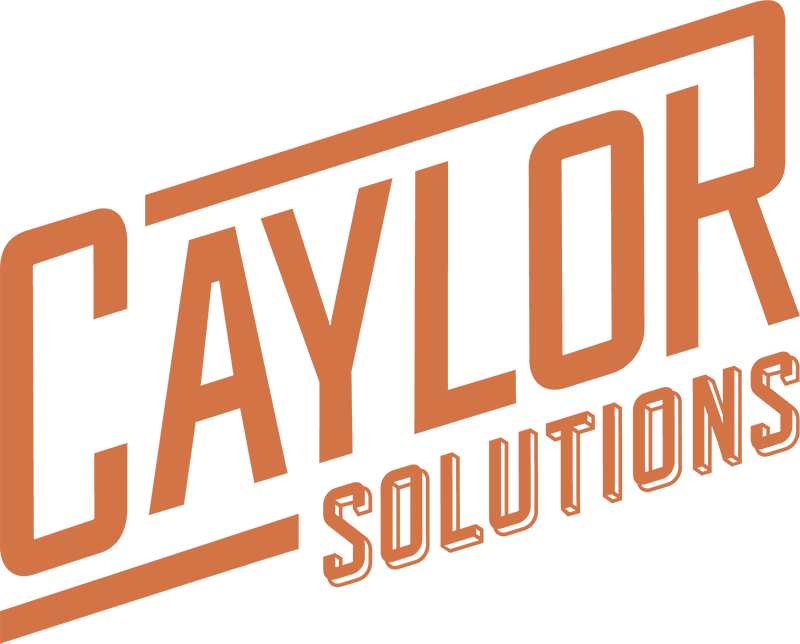Successful education marketing is about enrollment, but it’s not complete without a fundraising component. Here are 10 projects where enrollment and advancement marketing can meet.
For most colleges and universities, if not all, fundraising is a critical revenue stream.
Advancement departments exist to keep that revenue stream healthy and growing.
Marketing departments are also a revenue-oriented department.
They should be keeping the enrollment revenue stream of the college or university strong and healthy, too.
Because they are responsible for different types of revenue, it can appear these two teams should be kept separate.
But I don’t think this needs to be the case.

Enrollment and Advancement Marketing Working Together
Kind of like the two penguins in the feature image. They look different, but they belong to the same flock and need to work together.
I’ve seen how this separation often leads to organizational silos where advancement marketing and enrollment marketing have little to no communication between them.
This is a real problem because, at their core, marketing and fundraising are all about communicating with people outside the institution, and sometimes these audiences overlap.
For example, prospective students become enrolled students who graduate and then become alumni, which is the key audience for advancement marketing.
Also, parents of prospective students are a key audience for enrollment marketing.
But they’re also an important audience for advancement marketing.
So while advancement marketing does cultivate a different revenue stream, it is often interacting with the same audiences as enrollment marketing.
The trouble comes when these teams duplicate or contradict their efforts when speaking to the same audience.
So what’s the answer?
I believe the solution lies in cultivating a close working relationship between marketing and advancement both strategically and tactically.
Each college and university has a different way of harmonizing advancement marketing and enrollment marketing.
What might work for one institution won’t always work for another.
However, I do think there are key projects where at least some collaboration is needed.
Consider these ten projects and see which ones you could use to improve your advancement marketing.
1. Messaging Strategy / Case Statement
In another post, I wrote about the importance of crafting a higher ed messaging strategy.
I recommend that advancement marketing have a messaging strategy in place that’s tailored to their objectives.
In fundraising terms, this is sometimes called a “case statement” or your “case for support.”
The case statement is your most compelling argument as to why your school is worthy and in need of support right now.
That’s basically what we call a messaging strategy. It’s messaging crafted for donors that conveys your unique value proposition.
For more info on this project, please read my post on Why Education Marketers Should Help Write Case Statements.
2. Campaign Planning
Marketing and fundraising can sometimes be confused because they both use similar activities and skill-sets.
For example, they both use storytelling, email marketing, messaging, and multiple channels.
So what’s the difference?
The difference is in their goals.
Education marketing should be sharply focused on enrollment, cultivating students. Fundraising should be focused on raising money, cultivating donors.
Somewhere, there should be a handoff between the two in the student lifecycle.
Marketing has cultivated someone from a prospect to a student to an alumnus.
Next, fundraising should seamlessly continue cultivating the relationship to convert the alum to a donor, then a recurring donor, then a major donor.
Because this handoff can get tricky, I recommend that education marketers should be involved in fundraising campaign strategy sessions.
With these two teams bouncing ideas off each other, their messaging will be more consistent with one brand voice.
They’ll also be able to share data between the two of them which will help improve results for both enrollment and marketing.
To see how this collaboration works, check out our conversation with Christine Harper and Julie Balog of the University of Kentucky.
3. Advancement Marketing Evergreen Content
Often, the school website is the responsibility of the marketing department.
That’s why I think marketing teams should actively promote advancement goals on the main website by crafting fundraising-oriented evergreen content.
Here are a few pages you might consider for your advancement marketing evergreen content:
- General Giving Page: This is a landing page with a giving form embedded. It should clearly and succinctly convey the case statement and call the reader to use the form to give.
- Ways to Help: This is a page that gives approved options for those who might want to do something for the school or the students. They can give, volunteer, mentor students, or participate in other ways.
- Donor Stories: If your school relies on major gifts, you might want to place a page dedicated to acknowledging their contribution.
4. Giving Pages
Besides the general giving page, which is evergreen and conveys a big picture case statement, you should plan to publish giving pages for each fundraising campaign of the year.
Advancement marketing works very much the same way as enrollment marketing for lead generation.
If you launch a lead-generation campaign, there needs to be a landing page.
Consider each giving page you help design for your advancement colleagues as a landing page for that particular campaign.
5. Digital Banners and Ads (Social Media, PPC)
If your school is big enough, the advancement team might have their own people for this.
But for most private colleges and universities, digital banners and ads are the domain of the marketing department.
Every advancement marketing campaign needs to drive traffic to the giving pages using as many traffic sources as possible.
Consider helping your development department by designing and launching these digital ads.
Quite often, I see the advancement marketing side providing the copy while enrollment marketing provides the design and web development to deploy digital ad campaigns.
6. Email Design and Publishing
For the same reasons as skill-sets and tools, enrollment marketers should consider helping their advancement colleagues with email campaign design and publishing.
While fundraisers may be good for writing case statements and fundraising copy, often enrollment marketing is where you’ll find design and email campaign expertise.
By lending a helping hand with email campaigns, you can help improve open and click-through rates, which then bring donors to the giving pages you helped create.
7. List Management
For consistency and accuracy, consider which team, enrollment or advancement marketing, should handle list management.
While fundraising still relies heavily on mailing addresses, online giving is overtaking direct mail fundraising every year.
This means that email or subscriber lists are more valuable than ever before.
Depending on how your organization is set up, you could be able to help your fundraising friends to manage these lists so that open rates go up and bounce rates go down.
8. Content Marketing (Blog, Social Media Content, Video, etc.)
Ongoing content creation is as important for advancement marketing as it is for enrollment marketing.
Donors need to be cultivated over time.
Like prospective students, they are not ATM’s we go to any time we need cash.
They need to feel like they matter to you even when you’re not explicitly asking for money.
While I think advancement marketing should produce as much of their own marketing content as possible, sometimes they might need enrollment marketing to help produce:
- Video testimonies
- Video of the campus and important facilities
- Donor stories
- Social media content
- Viewbooks for donors
9. Giving Pages Analytics
If enrollment marketing needs metrics, advancement marketing needs them as much or even more.
Especially when it comes to giving pages.
In some schools, advancement is equipped to gather giving page metrics and make their own reports.
But if your school’s advancement marketing team doesn’t have these skills and tools at their disposal, consider stepping in to help.
Your teammates in fundraising will need several of the following metrics frequently to make decisions going forward:
- Page traffic volume
- Traffic sources
- Bounce rate
- Unused giving form fields (could show you which fields to cut out to increase conversions)
- Conversion rate
- Average gift amount
10. Advancement Marketing Microsites
School websites should be dedicated to enrollment marketing.
So when you have a major fundraising campaign – like a capital campaign – think about creating a microsite with its own domain or subdomain.
On this microsite, potential donors can get all the information they need to decide to give or not to the campaign.
And, this keeps your enrollment marketing site clean and focused.
Placing major fundraising campaign content on the main site can dilute the results for both enrollment and advancement marketing.
Again, web development is not commonly an expertise found in most advancement teams, which makes this a great collaborative project for marketing and fundraising teams to work on.
Do more, together.
Let me end this post with a call for more unity and fewer silos.
Millennials, Gen Y, and now Gen Z expect more unified messaging, highly personalized service, and intuitive navigation.
While enrollment and advancement marketing may be distinct teams and disciplines to you, to the outside person – whether they’re a donor or a student – you are one school.
And because you’re one school in their minds, they expect your communications to have one voice, although the messaging will change depending on where they are in their relationship with you.
For more help on higher education marketing, please contact us today!
Market More. Spend Less.
Set yourself free from your shrinking marketing budget with my popular ebook Marketing on a Shoestring Budget! This ebook is jammed with practical ways to produce high-quality marketing on the cheap.
Inside, I’ll show you proven marketing tactics like…
- How to leverage low-cost technologies to reach your target market,
- How to craft a content marketing strategy on a bare-bones budget,
- The number one thing your website needs to do,
- The key to getting free, organic traffic to your website, and more.
No hype. No pie in the sky. Just real solutions for getting the job done with the budget you’ve got.
Featured image by Rich Lindie via Adobe Stock











